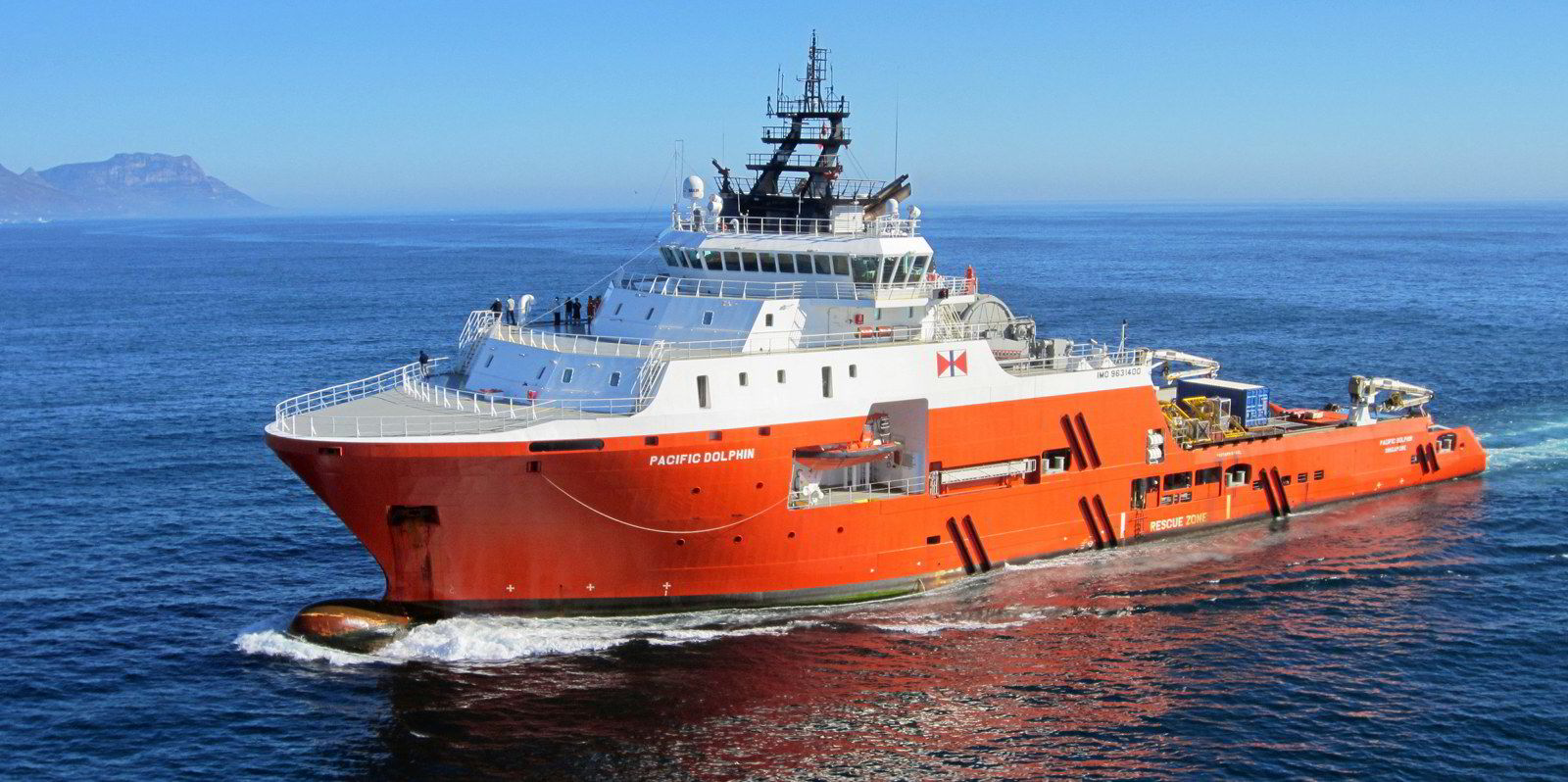Owners of offshore support vessels could see rates surpassing all-time highs in North Sea markets this year.
Fearnley Offshore Supply analyst Jesper Skjong told the shipbroker’s energy and shipping conference that the sector will be “quite, quite tight” for both anchor-handling tug supply (AHTS) ships and platform supply vessels (PSVs).
AHTS units are seeing offshore wind turbine installation charter deals extended beyond optional periods, in addition to regular oil and gas work.
Energy companies completed only seven North Sea installations in 2022, pushing another four back into this year, plus the scheduled 2023 jobs.
Skjong said the average AHTS days spent per turbine range between 35 and 40.
“If you extrapolate that number over to some of the projects that are in the pipeline going forward, there’s simply not enough anchor-handlers,” he said.
“But for now, at least this side of 2025, we’re not looking at massive projects,” the analyst added.
Skjong explained that there does not need to be a hike in rig activity to see a tight supply/demand balance, as the spot AHTS and PSV fleets are the smallest for a decade.
Against this background, Skjong said "we're talking records" in terms of 2023 AHTS rates.
Last year, levels hit NOK 2.45m ($247,000) per day, just NOK 50,000 off the 2008 high.
New record in the offing?
At usage approaching 100%, the analyst added he would not be surprised to see average rates in June run to £120,000 ($148,000) per day.
Owners could also ask for more than NOK 2.5m per day at the peak. “It’s pretty bullish,” Skjong added.
On the PSV side, the analyst said: “It’s not the activity, it’s the lack of availability that is doing the magic here.”
A strong dollar has been enticing Norwegian owners to move ships into South America and West Africa.
Fearnleys is forecasting top rates of £30,000 and towards NOK 500,000 per day for 2023.
But could anything go wrong with this market picture?
Skjong said: “You could theoretically place some newbuildings.”
But contracting a new ship in China is now 30% or 40% more expensive than 10 years ago, and lead times have increased tremendously.
Big order spree unlikely
Ordering today would mean delivery potentially running into 2025.
“So you still have a few years of a pretty tight market to play with,” the Fearnleys man said.
The analyst added that to justify newbuilding costs, term rates would need to be $30,000 per day, assuming full employment at 100% loan-to-value.
“While rates are getting there, we’re still a few years off that in term rates,” he said.
“You’re not going to see a lot of newbuild speculative orders in the market any time soon,” Skjong added.
“It’s going to be a tight summer, folks,” he concluded.





